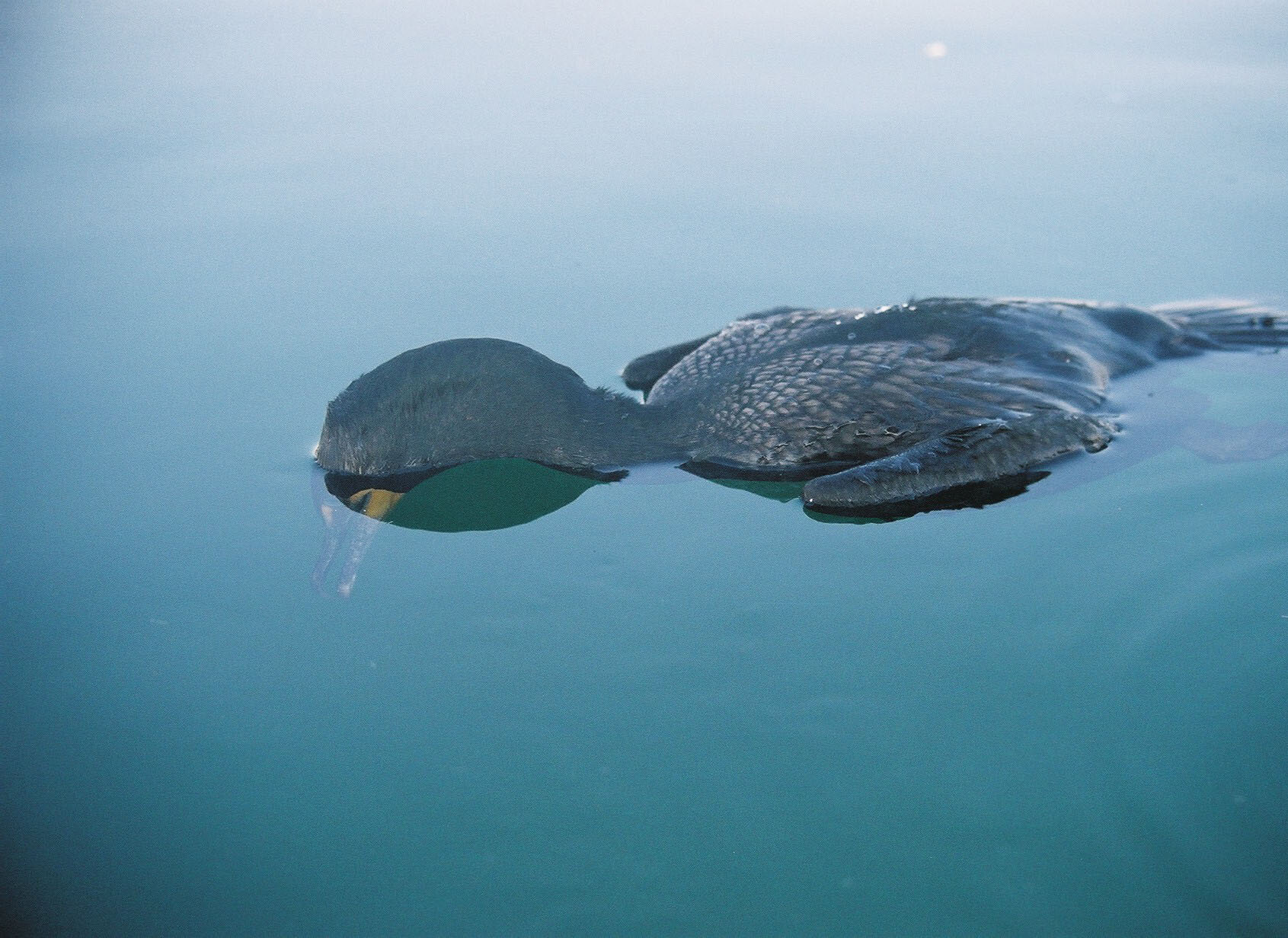
Current Cormorant Issues
Deemed as competitors for fishing stock, cormorants have been systematically scapegoated and persecuted for centuries for impacts to fish populations that they have had little or nothing to do with. That persecution continues today, even though it is now largely fueled by myths, misinformation and the political aims of special interest hunting and fishing groups. In recent times, cormorants have also been blamed for a variety of additional issues, such as widespread environmental destruction.
Great Lakes Cormorants presents an ethical, scientific, fact-based, perspective about cormorants and their sometimes troubled relationship with humans. GLC promotes a rational, bias-free, non-political discourse free from myths, misinformation and pseudo-science.
Ontario Cormorant Hunting Season
In 2020, the Government of Ontario instituted a fall cormorant hunting season running from September 15th until December 31st each year. According to the provincial government, the hunt was established to “protect fish stocks and natural habitats” from cormorants, even though there is no scientific merit to the claim that cormorants threaten fish stock or habitats.
The Ontario hunt allows licensed hunters to kill up to 15 cormorants per day, with a total legal bag limit of 1620 birds per season. The legal take per season for Ontario’s 197,000 hunters is 319 million cormorants, even though only 145,000 breeding birds are thought to be in the province. Additionally, even though cormorants are largely inedible, they have been designated as game birds. Unlike other game animals, the carcasses of cormrorants can be allowed to rot, subject to certain conditions.
The Ontario cormorant hunting season has been widely criticized by wildlife, nature, environmental and animal welfare NGOs, landowners, ethical sportsmen and women, scientists and others.
51 scientists comment on cormorant hunt
Culling on Middle Island, Point Pelee National Park
The cormorant colony on Middle Island, a 46 acre speck of land in Lake Erie that became part of Point Pelee National Park in 2000, has been a target of annual culling by Parks Canada since 2008. To date, more than 20,000 cormorants have been killed and more than $1 million spent on the project. In the process, other colonial waterbirds, such as Great blue herons, have been disturbed and driven off.
Parks Canada claims the cormorant cull is necessary to save a tiny, number of individual specimens of a few plant species that currently reside on the island. None are threatened with extinction and all are abundant just south of the border, as well as being found in mainland Canada.
It should be noted that the cormorants pose no threat whatsoever to the survival of any plant or animal species and that Middle Island is one of the few prime locations available where cormorants can colonize, as well as other colonial waterbirds, including, recently, white pelicans.

